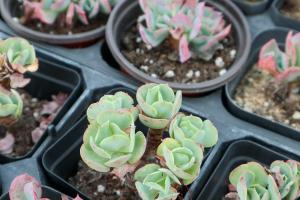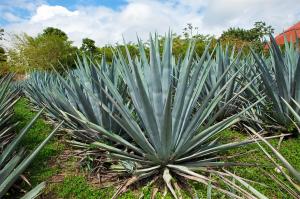How to Take a Plant Cutting Step by Step
Taking a plant cutting is a great way to propagate and expand your plant collection. It can be an easy and cost-effective method for growing new plants. While it can be done in many different ways, it鈥檚 important to follow the right steps to ensure success. In this guide, we will take you through the step-by-step process of taking a plant cutting.
Step 1: Choose a Healthy Plant
The first step in taking a plant cutting is to choose a healthy plant. Look for a plant with healthy foliage and no signs of disease or damage. It鈥檚 best to take cuttings in the morning when the plant is the most hydrated.
Step 2: Gather Your Tools
You will need a few tools before you can take a plant cutting. Gather a sharp pair of pruning shears, a clean container filled with water, rooting hormone and some potting soil. You may also want to gather a clean towel or some paper towels to wipe down your shears between cuts.
Step 3: Select the Branch
Identify a healthy branch that is new and growing at the top of the plant. Choose a section that is about 4 to 6 inches long and has several leaves. Make sure to cut the branch at a 45-degree angle to aid in water absorption.
Step 4: Remove the Lower Leaves
Once you have selected the branch, remove any leaves that are on the lower half of the stem. This will allow the cutting to focus its energy on producing roots instead of maintaining the existing leaves.
Step 5: Apply Rooting Hormone
Take your rooting hormone and apply it to the cut end of the stem. Make sure to follow the instructions on the label as different products have different application rates.
Step 6: Plant Your Cutting
Now it鈥檚 time to plant your cutting. Fill a small pot with potting soil and lightly water it. Then, make a hole in the soil and carefully place the stem into the pot. Firmly press the soil around the stem to ensure it stays in place.
Step 7: Water Your Cutting
After planting your cutting, give it a light watering. Make sure the soil is moist but not soggy. Place your container in a shaded area to avoid burning the leaves, but make sure it still receives enough light.
Step 8: Monitor Growth
As your cutting begins to adapt to its new environment, it will face challenges like water and temperature changes. Make sure to keep an eye on it and give it the necessary care it needs. Additionally, you may want to cover your cutting with a clear plastic bag to keep the humidity levels high during the rooting process.
In conclusion, taking a plant cutting can be an easy and affordable way to expand your plant collection. By following these 8 simple steps, you can successfully propagate a new plant and watch it grow. With a little patience and care, your new plant will flourish in its new home.

 how many times do yo...
how many times do yo... how many planted tre...
how many planted tre... how many pine trees ...
how many pine trees ... how many pecan trees...
how many pecan trees... how many plants comp...
how many plants comp... how many plants can ...
how many plants can ... how many plants and ...
how many plants and ... how many pepper plan...
how many pepper plan...
































